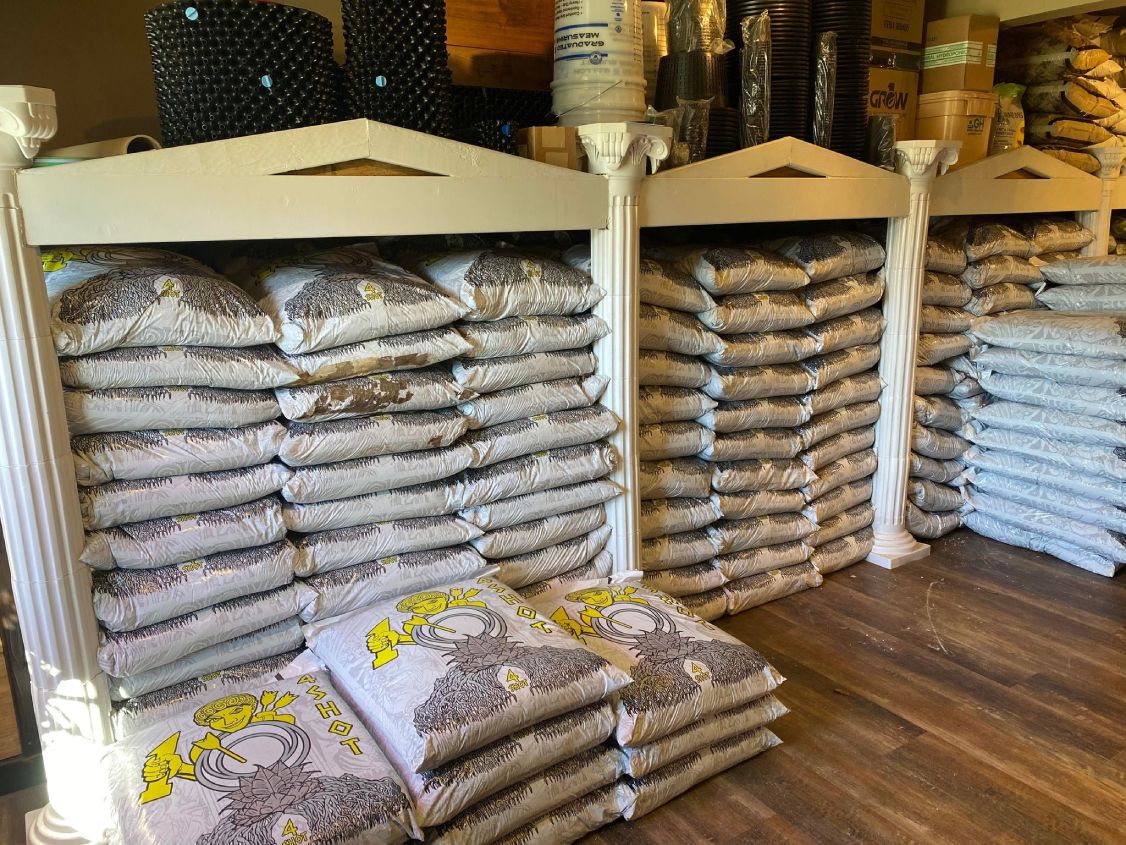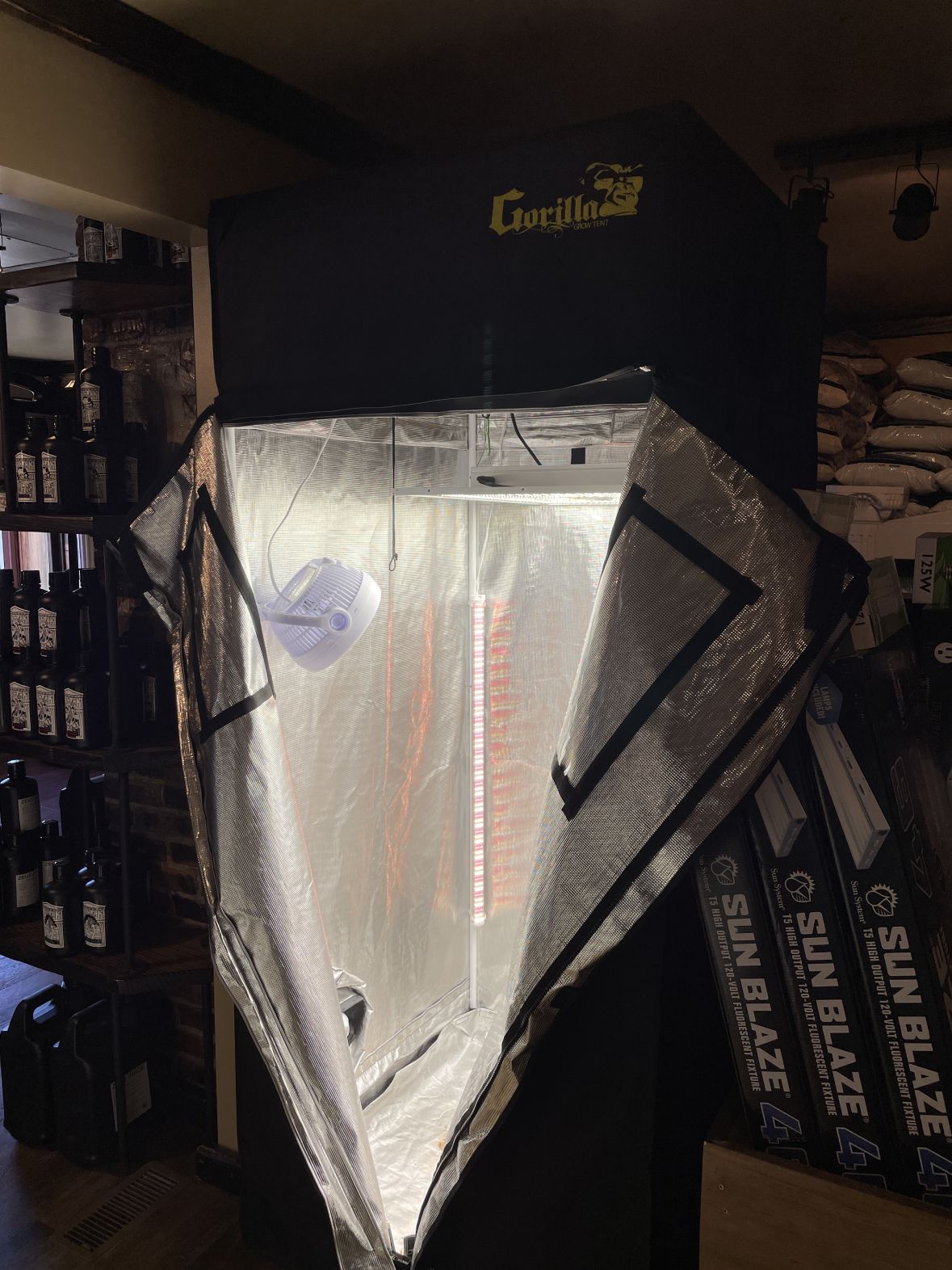Accomplish Gardening Success with The Indoor Earthworm's Planting Method
Accomplish Gardening Success with The Indoor Earthworm's Planting Method
Blog Article
Unlocking the Potential of Hydroponics: Understanding Its Makes Use Of and Various Types
Hydroponics, a technique of cultivating plants without dirt, has gathered boosting focus for its potential to change agriculture and horticulture techniques. The accuracy control over nutrient shipment, water use, and environmental aspects provides a glimpse right into a future where food manufacturing can be optimized in numerous setups. As we browse via the complex landscape of hydroponic systems and methods, it ends up being noticeable that each method holds distinct advantages and limitations. By unwinding the diverse usages and types of hydroponics, we can discover a globe of opportunities that might reshape just how we imagine sustainable farming and horticulture practices.
Advantages of Hydroponic Solutions

An additional benefit of hydroponic systems is the capability to expand plants in a smaller room. Hydroponic systems decrease the threat of soil-borne illness and parasites, as there is no dirt to nurture these hazards.
Common Utilizes in Farming

Provided the efficient water conservation and space-saving benefits of hydroponic systems, it is obvious that these ingenious agricultural methods have actually discovered typical uses in numerous markets of agriculture. The regulated atmosphere of hydroponic systems allows year-round growing, supplying a consistent supply of fresh produce no matter of exterior weather condition problems.
Hydroponics is commonly made use of for growing a range of plants, consisting of leafed environment-friendlies, tomatoes, cucumbers, herbs, peppers, and strawberries. Its adaptability encompasses upright farming, metropolitan farming, and greenhouse manufacturing. Furthermore, hydroponic systems are utilized in research and instructional setups to study plant growing, nutrition, and growth methods. The flexibility and efficiency of hydroponics make it a beneficial device in modern agriculture, resolving the difficulties of sustainability, food protection, and resource optimization.
Exploring Different Hydroponic Techniques
Hydroponic systems provide a range of techniques that cater to different plant types and growing objectives. Additionally, the Ebb and Flow system, also understood as the Flooding and Drainpipe system, periodically floodings the plant roots with nutrient solution, permitting for oxygenation during draining durations. Each of these strategies showcases the adaptability and efficiency of hydroponic systems in enhancing crop growth and yield.
Comparing Various Hydroponic Equipments
Discovering the efficiency and yield improvement techniques in hydroponics leads us to compare numerous hydroponic systems readily available for crop farming. Each hydroponic system has its Extra resources special attributes, benefits, and restrictions, making it crucial for growers to pick one of the most ideal system based upon their certain demands and restraints.
One of one of the most typical hydroponic systems is the nutrient movie technique (NFT), where a thin film of nutrient solution continuously streams over the plant origins. This system is treasured for its water performance and suitability for growing leafy eco-friendlies and herbs. On the other hand, the deep water society (DWC) system immerses plant roots straight right into the nutrient remedy, providing adequate oxygen and nutrients. The DWC system is fairly basic and economical, making it a prominent selection for beginners.
Another prominent hydroponic system is the ebb and flow (or flood and drainpipe) system, which periodically floods the plant roots with nutrient solution prior to draining it. By recognizing the differences in between these hydroponic systems, farmers can make enlightened choices to maximize plant return and top quality.
Advancements in Hydroponic Innovation
One vital technology is the advancement of wise hydroponic systems that make use of sensors and automation to monitor and change ecological problems such as pH levels, nutrient concentrations, and light direct exposure in real-time. These systems allow accurate control over expanding conditions, leading to optimal plant growth and higher crop returns.
Another notable innovation is the combination of upright farming techniques with hydroponic systems, enabling for the growing of crops in piled layers. This upright method optimizes space use, making it optimal for urban atmospheres where land schedule is restricted - The Indoor Earthworm. Additionally, making use of sophisticated LED lights systems tailored to specific plant requirements has actually enhanced power effectiveness and enhanced development prices in hydroponic arrangements
Innovations like these are driving the development of hydroponics, making it a sustainable and highly appealing choice for modern-day agriculture.
Verdict
Finally, hydroponics supplies countless benefits in farming and has numerous methods and systems that can be used to optimize its possibility. Innovations in hydroponic technology remain to enhance efficiency and sustainability in food manufacturing. By understanding the usages and different types of hydroponic systems, farmers and cultivators can unlock the full potential of this ingenious method of growing plants without soil.
Additionally, hydroponic systems permit for far better control over nutrient levels, pH balance, and environmental conditions, leading to much healthier plants and higher yields.

Report this page